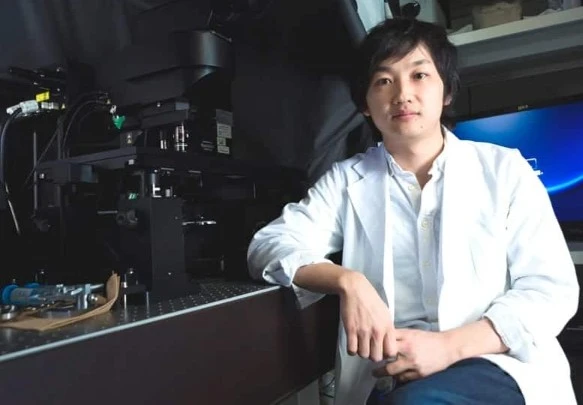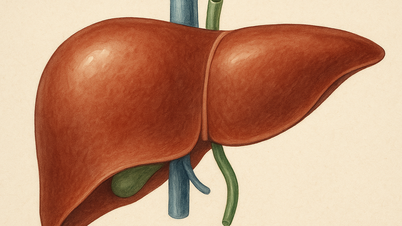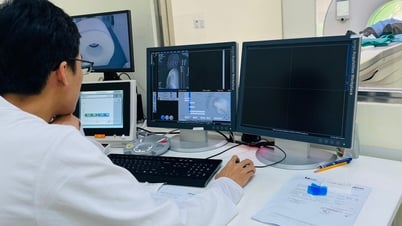
These tiny livers, called liver organoids, are about 0.5 mm in size each and function similarly to a newborn baby's liver. The team hopes that these organoids could be used to treat patients with end-stage liver disease.
To create these organs, the team - including Professor Takanori Takebe of Osaka University's Graduate School of Medicine - decided to use bilirubin - a substance produced when red blood cells break down - and vitamin C, both of which control liver function. When iPS cells and these two substances were placed in a container under certain conditions and cultured, liver tissue with a complex structure of about 0.5 mm was formed.
In experiments on mice with severe liver failure, more than 50% of mice transplanted with thousands of organoid liver tissues were still alive after 30 days, much higher than the survival rate of less than 30% in mice that did not receive the same treatment. The team hopes that the technology to produce organoid livers can be used to develop artificial liver devices, such as those used for dialysis to replace liver function.
Source: https://www.sggp.org.vn/phat-trien-gan-thu-nho-tu-te-bao-goc-da-nang-cam-ung-post791318.html


![[Photo] General Secretary To Lam begins official visit to Russia and attends the 80th Anniversary of Victory over Fascism](https://vphoto.vietnam.vn/thumb/1200x675/vietnam/resource/IMAGE/2025/5/8/5d2566d7f67d4a1e9b88bc677831ec9d)
![[Photo] General Secretary concludes visit to Azerbaijan, departs for visit to Russian Federation](https://vphoto.vietnam.vn/thumb/1200x675/vietnam/resource/IMAGE/2025/5/8/7a135ad280314b66917ad278ce0e26fa)

![[Photo] President Luong Cuong presents the decision to appoint Deputy Head of the Office of the President](https://vphoto.vietnam.vn/thumb/1200x675/vietnam/resource/IMAGE/2025/5/8/501f8ee192f3476ab9f7579c57b423ad)
![[Photo] National Assembly Chairman Tran Thanh Man chairs the meeting of the Subcommittee on Documents of the First National Assembly Party Congress](https://vphoto.vietnam.vn/thumb/1200x675/vietnam/resource/IMAGE/2025/5/8/72b19a73d94a4affab411fd8c87f4f8d)
![[Photo] Prime Minister Pham Minh Chinh meets with the Policy Advisory Council on Private Economic Development](https://vphoto.vietnam.vn/thumb/1200x675/vietnam/resource/IMAGE/2025/5/8/387da60b85cc489ab2aed8442fc3b14a)

















































![[Photo] Prime Minister Pham Minh Chinh talks on the phone with Singaporean Prime Minister Lawrence Wong](https://vphoto.vietnam.vn/thumb/402x226/vietnam/resource/IMAGE/2025/5/8/e2eab082d9bc4fc4a360b28fa0ab94de)

































Comment (0)